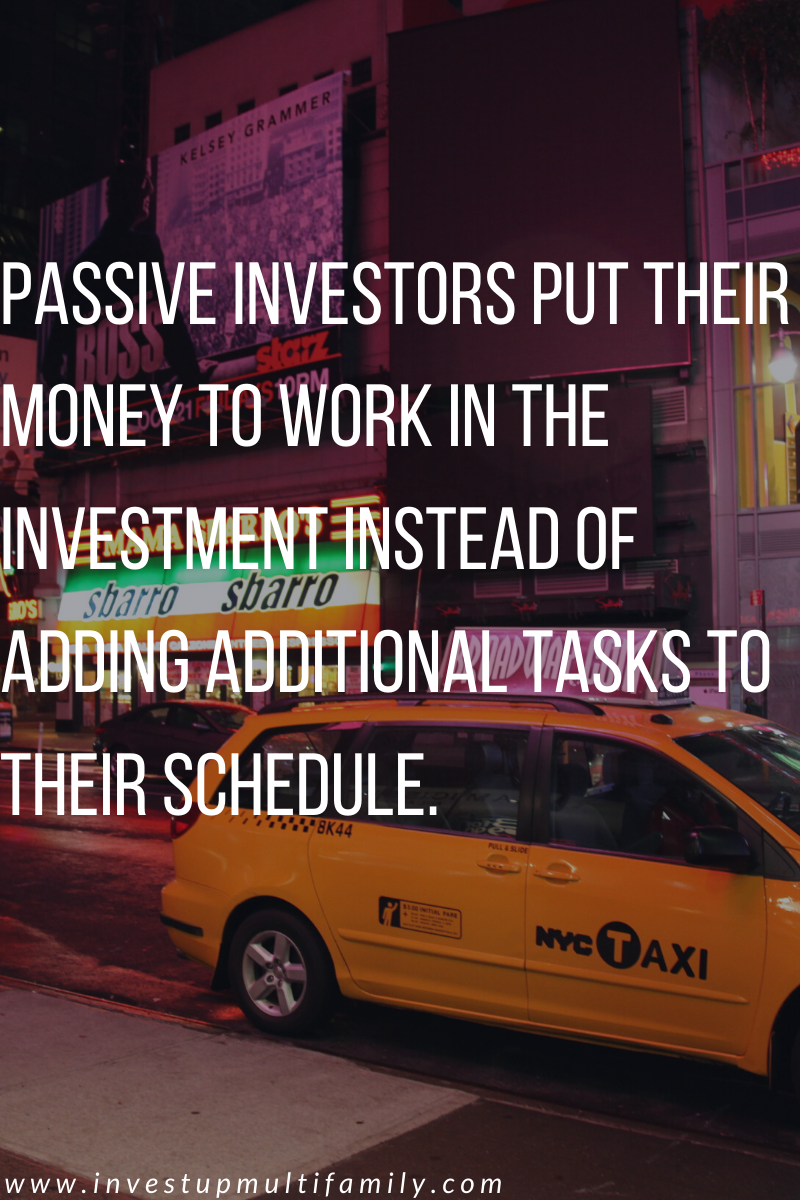The Right Way To Start Investing In Real Estate (Part 2 of 2)
- InvestUp!

- Apr 26, 2020
- 3 min read
Updated: Jun 6, 2020
Now you have an idea of what your goals are as an investor you need to refine those goals and strategies by understanding what type of investor you would like to be. There are two main types of investors: Active investors and Passive investors.
What Are The Two Types Of Real Estate Investors?
Active investors - Active investors are real estate investors that work “actively” to earn income from their investments. Think of the landlord that goes from property to property collecting rent or making minor maintenance repairs, or the house flipper that takes a property and renovates it then sells it, or the syndicator that puts together investment deals for the other type of investors – passive investors. These types of investors still exchange their time to earn additional income through real estate.
Passive investors – Passive investors are those that pay for their free time. They do not fix toilets. They do not chase tenants for rents. They do not hire contractors to renovate houses. They simply invest their money into a deal, sit back and earn their returns while someone else does the work. They put their money to work in the investment instead of adding additional tasks to their schedule.
Which one sounds better to you? Which one better lines up with your goals? If you don’t know your goals, you may end up trying to be an active investor when what you really want is more free time to spend with your family or you may become a passive investor when what you really wanted to do was grow a business.
Remember our story of the cab driver from part 1? The active investor would be more like the cab driver while the passive investor would be more like the cab passenger.
How Do You Identify Which Type Of Investor You Are?
If you are still unsure if you should be an active investor or a passive investor try answering the following questions:
Are you interested in investing in real estate but do not have the time to find, purchase and manage the property due to your busy schedule?
Do you have large tax burdens and are looking for an investment alternative that would provide income but also provide significant tax benefits?
Do you lack experience and capital to successfully find, purchase and manage real estate investments by yourself?
Are you unable to or not ready to spend the time and money required to become an expert in finding, purchasing and managing a real estate investment by yourself?
Do you have a lower to moderate risk tolerance and/or would not want to take full responsibility over the success of an investment and funds invested by other individuals?
Are you ok with someone else having control over the success of the investment?
Are you ok with having your investments not being in the same location where you live?
Do you have the time and understanding of how to properly do paperwork, accounting, and other admin tasks needed to properly invest in real estate?
Do you prefer to be more “hands off” with your investments and collect your returns while you use your time for other activities of your choice?
If you answered “yes” to some or all these questions, then you are most likely a better fit for passive investing in real estate. If you answered “no” to all these questions, then you may be a better fit for active investing.
If you are a new active investor you may also want to consider being a passive investor as a means of learning more about real estate investing before transitioning to become an active investor. Starting out as a passive investor allows you to learn without the risk associated with starting as an active investor. This route will provide you with access to view the inner workings, decision making and overall business process of an experienced real estate investor. All this learning can then be used to help you when you start your active investor career.
So, have you already decided what your investing goals are? If not, what are you waiting for?
If you have decided on your goals do you know if you want to be an active investor or a passive investor?
This is part 2 of a 2-part series. If you did not read part 1 you can find the article here.
Interested in learning more about investing in multifamily apartments? Give us a call or check out some of the other free resources we have available at Investupmultifamily.com.








Comments